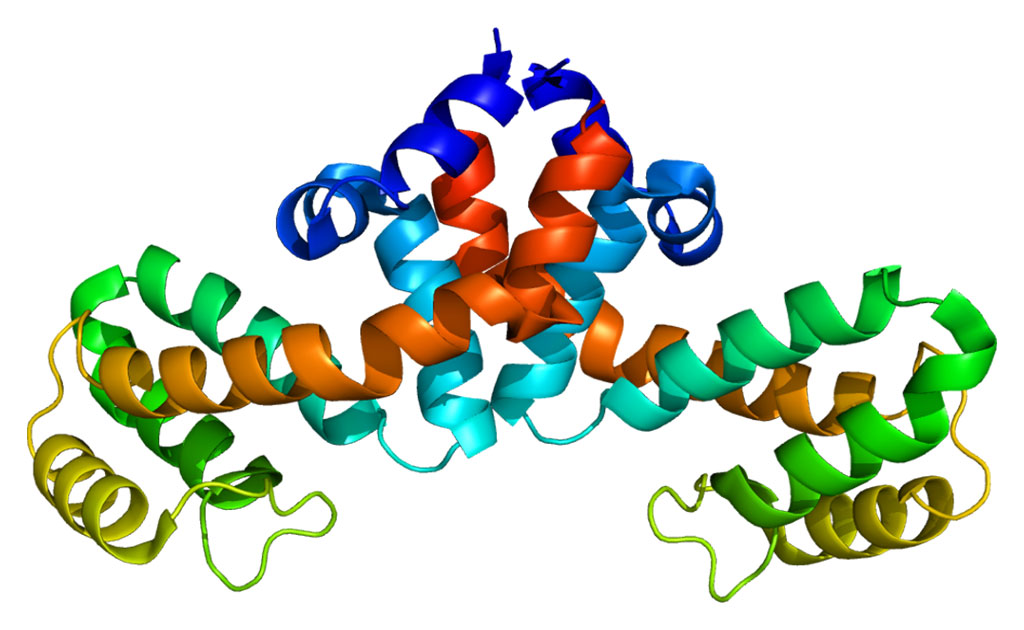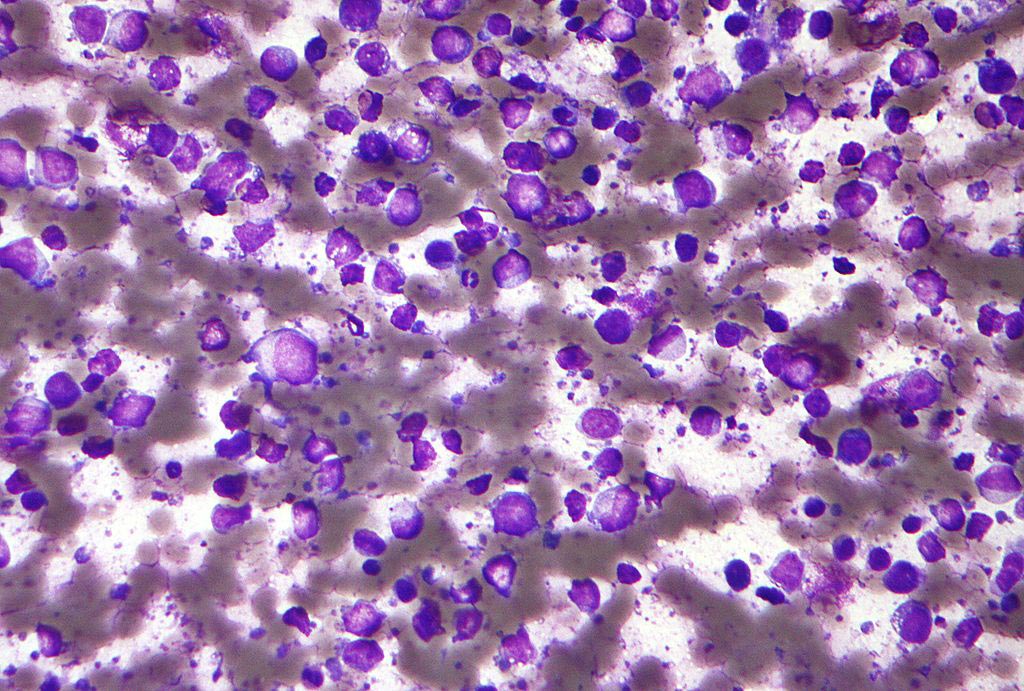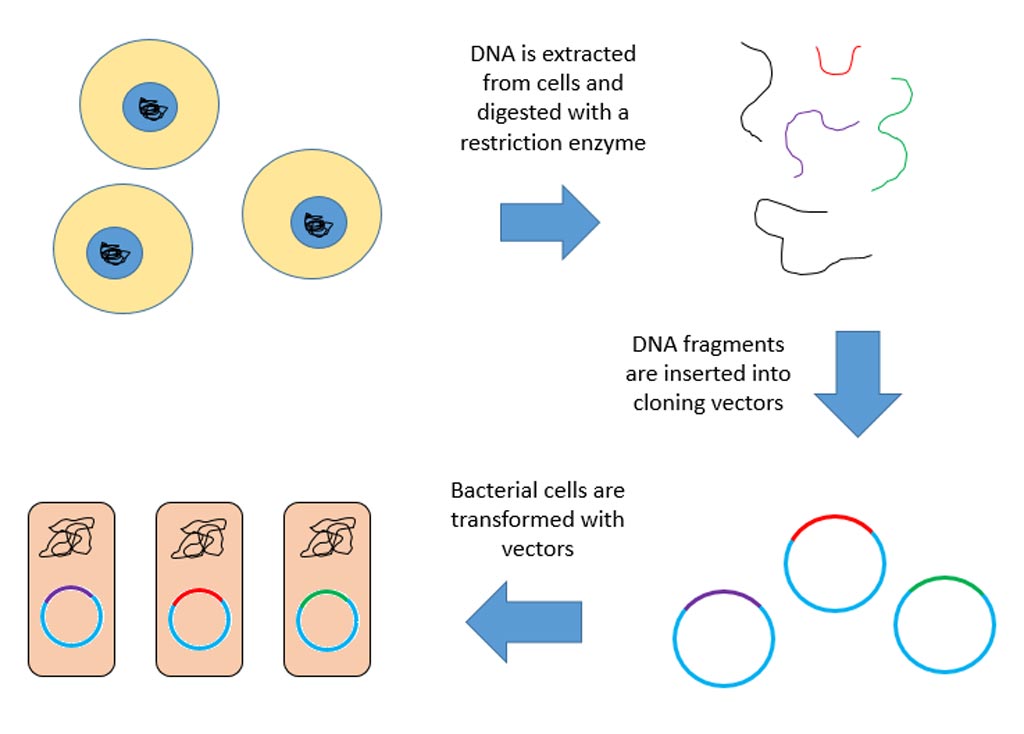Nitric Oxide Nanoparticles Increase the Chemosensitivity of Neuroblastoma Cells
By LabMedica International staff writers
Posted on 28 Nov 2012
Australian drug developers have found a way to encapsulate nitric oxide (NO) into nanoparticles, and the delivery of NO by these particles was found to increase sensitivity of neuroblastoma cells to chemotherapy by a factor of five.Posted on 28 Nov 2012
Nitric oxide is a crucial physiological messenger molecule in mammals and other animals. NO plays a role in blood pressure regulation, control of blood clotting, immune defense, digestion, the senses of sight and smell, and possibly learning and memory. In addition to heightened susceptibility to cancer and neurodegenerative diseases, nitric oxide deficiency has been linked to diverse disease processes such as diabetes, stroke, hypertension, impotence, septic shock, and long-term depression.
What has been lacking has been a targeted, nontoxic means to deliver NO to cancer cells, which are characterized by chronic NO deficiency. To correct this lack, investigators at the University of New South Wales (Sydney, NSW, Australia) developed a nontoxic nanoparticle that encapsulated S-nitrosoglutathione, a stable molecular source of NO.
The investigators treated cultures of neuroblastoma cells with the NO-nanoparticles. They reported in the November 16, 2012, online edition of the journal Chemical Communications that the treatment rendered the cancer cells five times more sensitive to chemotherapy than similar untreated cells.
"When we injected the chemo drug into the neuroblastoma cells that had been pretreated with our new nitric oxide nanoparticle we needed only one-fifth the dose," said contributing author Dr. Cyrille Boyer, professor of chemical engineering at the University of New South Wales. "By increasing the effectiveness of these chemotherapy drugs by a factor of five, we could significantly decrease the detrimental side-effects to healthy cells and surrounding tissue."
"If we can restore nitric oxide with these nanoparticles this could have implications for all the illnesses associated with NO deficiencies, including diabetes and neurodegenerative," said Dr. Boyer.
Related Links:
University of New South Wales














